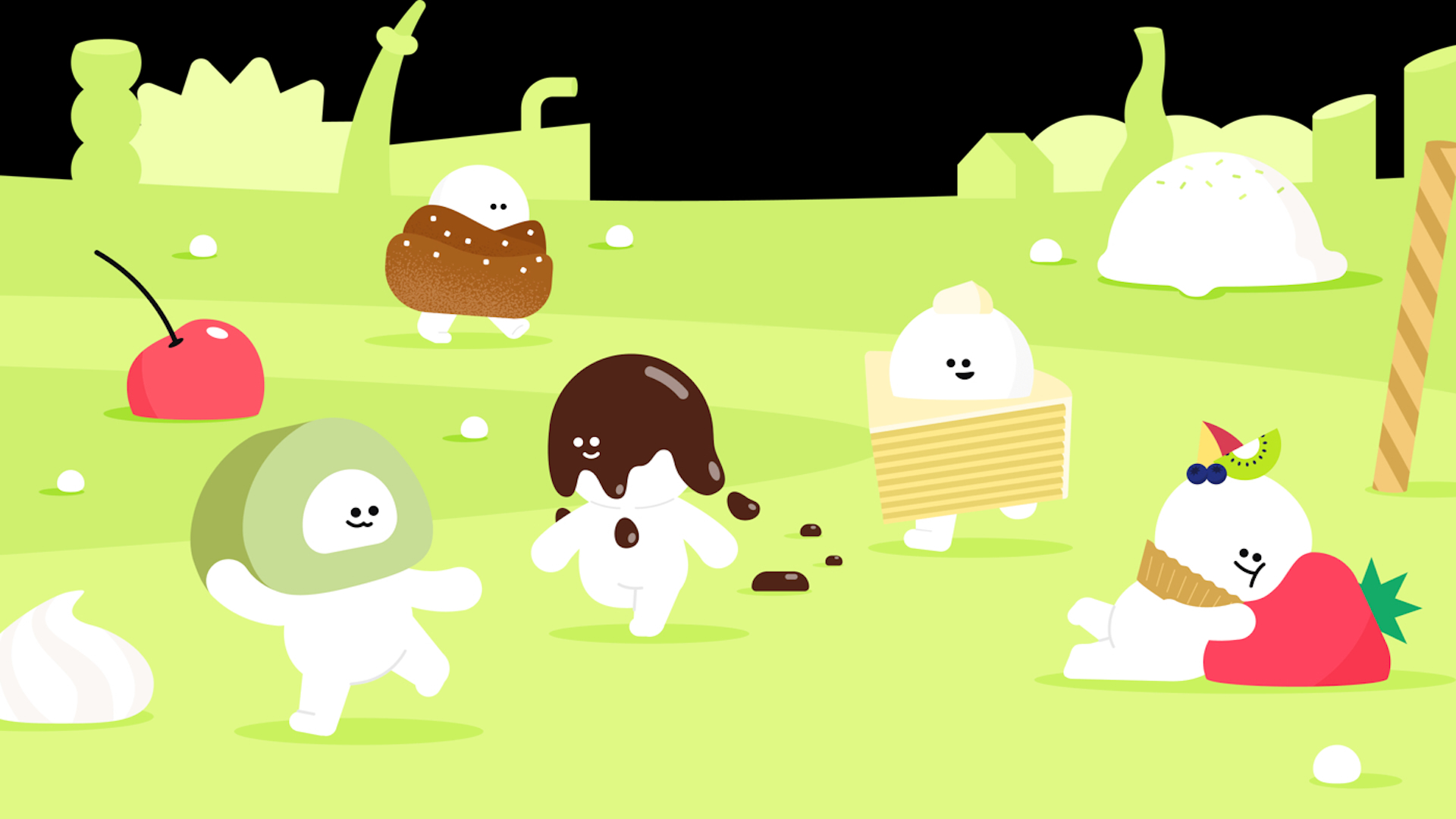"I've run down the road with a blanket as a cape and a piece of wood as a sword”: the character design secrets of Outpost VFX
Oliver Dale, Peta Bayley and Dan Zelcs share advice for developing memorable movie characters.
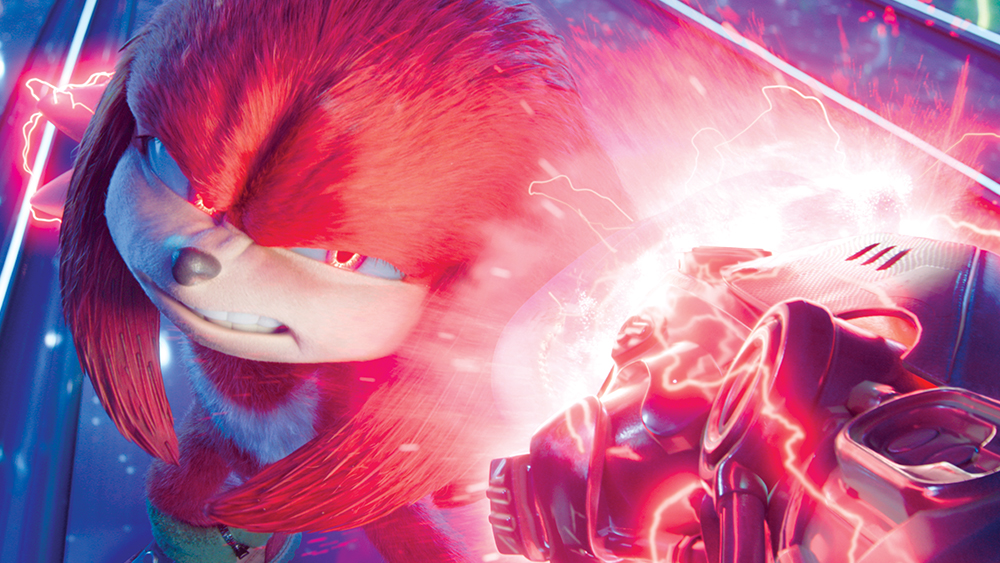
For those seeking pro animation advice, the team at Outpost VFX is a mighty good place to start. They’ve just wrapped up work on Knuckles, a miniseries for streaming service Paramount+ based on the Sonic the Hedgehog franchise.
3D World sat down with Outpost animation supervisors Oliver Dale and Peta Bayley, and creature supervisor Dan Zelcs to discover the secret of creating believable creatures and character designs, and the nuances of character performance, whether for entirely photoreal or wildly stylised projects.
The trio have a remarkable list of credits to their name, having previously worked on some of the most acclaimed and technically ground-breaking projects of the last 10 years, including Apple’s lauded Prehistoric Planet, The Lion King, and Best Visual Effects Academy Award winners The Jungle Book and Blade Runner 2049.
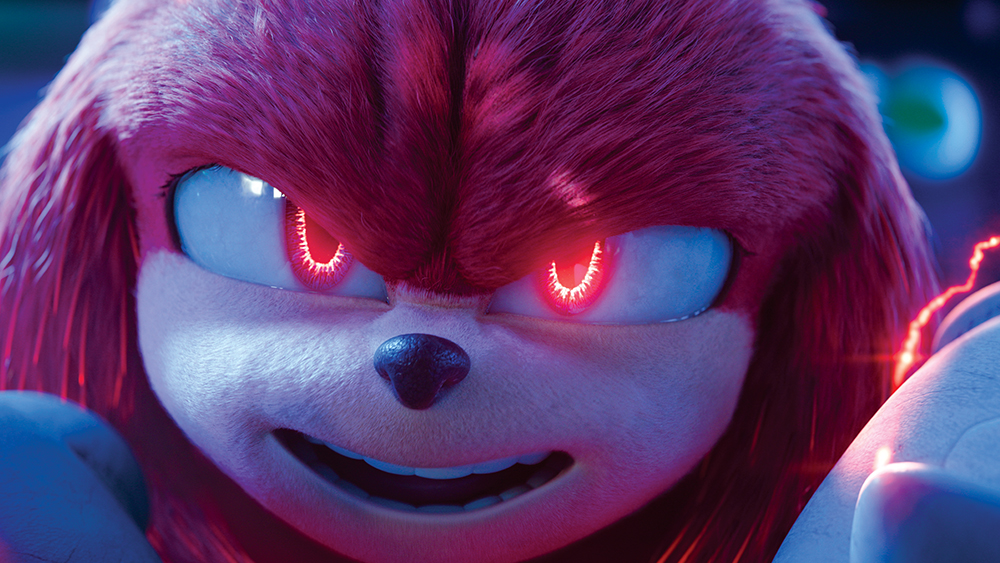
Creating believable creatures and characters is no easy task. How do you get them so close to perfection every single time?
Oliver Dale: The obvious answer is that it’s the combination of lots of hard work from many skilled artists with specific skill sets. Rigs, shaders, fur and muscle sims, FX, lighting and comp all play a massive part.
Probably the most important thing, and not just in animation, is understanding what you’re trying to achieve, whether it be a character, show, or shot. Why are we doing it like that? What’s the purpose of this shot in the edit? Understand that shot’s purpose and keep it in mind while adding detail and making the hundreds of other decisions that go into the shot, so that when it makes it into the final cut all the elements come together to tell the story in the best way.
Dan Zelcs: Making anything believable – be it a photoreal animal, an alien or a Pokémon – the process always starts with a lot of observation, reference gathering and study. Then we use that reference to drive every stage of the build process: modelling, texturing, groom, look dev, rigging, animation, hair and fl esh simulation, and rendering. Throughout the project, we’re continually referring back to our reference material to make sure we’re staying true to our character and true to reality.
Peta Bayley: Deep diving the story and characters is also essential to creating believable creatures and characters. Every project is pretty unique and gives you the opportunity to immerse yourself in learning anatomy, personality, character development and storylines in addition to following the storyboards or previs that come with your shots.
The more knowledge you can gather, the better decisions you can make with your animation. Understanding the physical limitations, scale, weight, emotional states and so on will impact how your character will move, stand, act, react and speak, so always consider these factors as you work.
Using or filming reference often reveals subtle nuances. When you think of your friends or family members, you become so familiar with the way they stand, how they walk, their unique gestures or expressions, that you can probably identify them from far away without seeing their face or recognising their clothes. You can often anticipate how they might act or react in a situation based on their personalities and experiences. It’s these extra layers of details that animators like to draw from and incorporate to help them define a character’s movement.
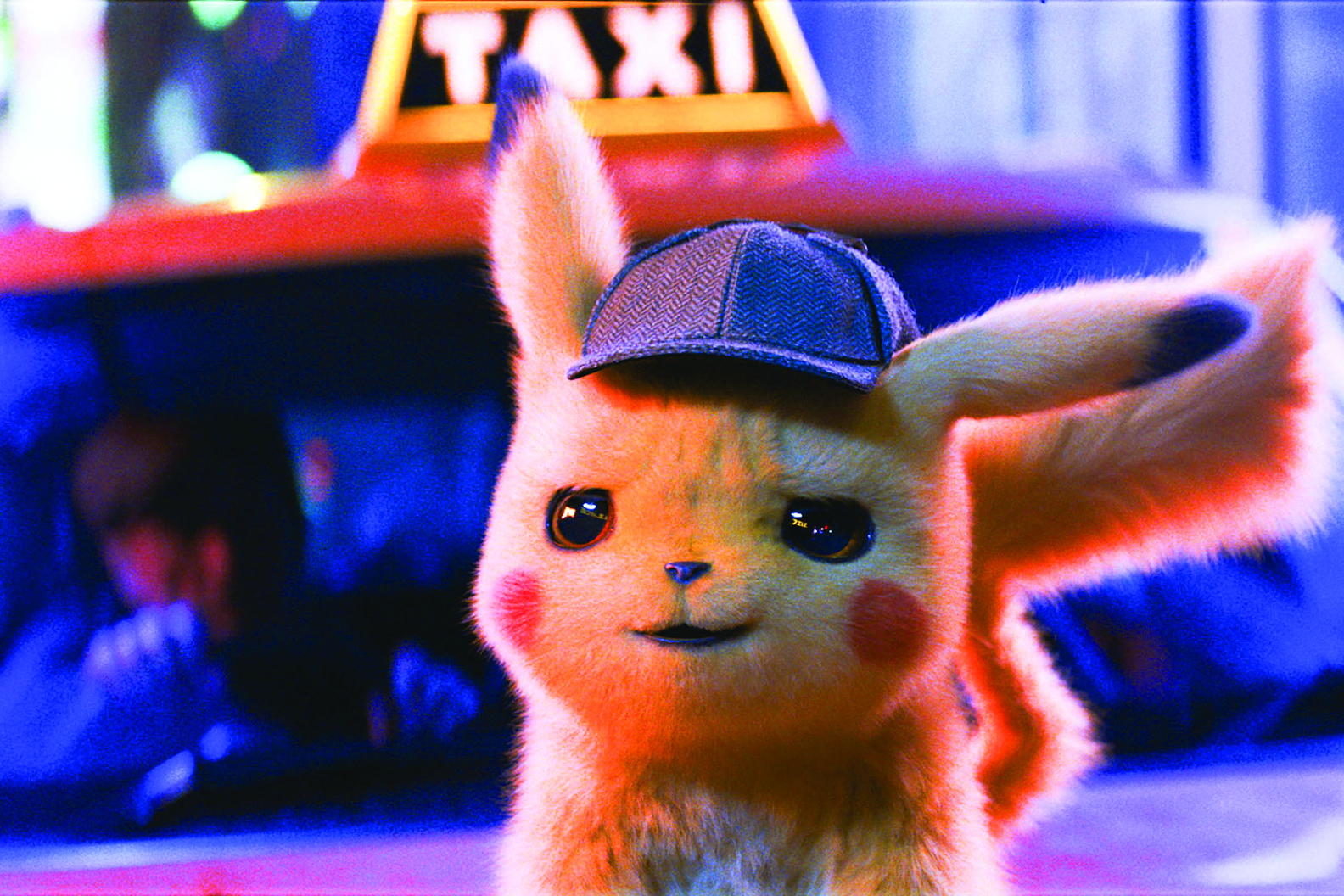
How do you get the performance correct so the personalities of the characters shine through?
OD: With a lot of discussion between the directors and supervisors. Ideally you have a clear idea of how you want the character to behave before starting on any shot work. Animating character tests, movement studies, acting and shooting reference can all help ‘find’ a character and make for good points of discussion with the VFX supervisors and directors.
These might be an exploration of a key character moment, a piece of action from the script, or even just an interesting walk cycle; things that can go on to inform more of the animation decisions. A lot of the personality is discovered through tests like these, even something small like a certain look or expression might capture something interesting that you want to build on, and you can slowly start refining the way they move and express themselves.
PB: Understanding the story, background, and where and how the characters fit in and relate to each other is important for making the best performance decisions in context for a character’s development.
The more information you have about your character, the better prepared you are to choose the right movement, pose or expression. This can be less obvious when there are multiple vendors working on different parts of a story, with or without the same characters, and this information might be limited. Animation can be a slow process, but before you get to actually moving your character, this stage of gathering information is time well spent.
Knowing where the focus needs to be, not upstaging or drawing attention away from the story, and being consistent with their established character traits, behaviours and attitudes helps maintain the believability. Often we’ll gather information, references and examples to create character bibles for the team to refer back to. As we learn more about our characters or creatures, this bank of information can be updated, modified or expanded so the whole team can pull in the same direction.
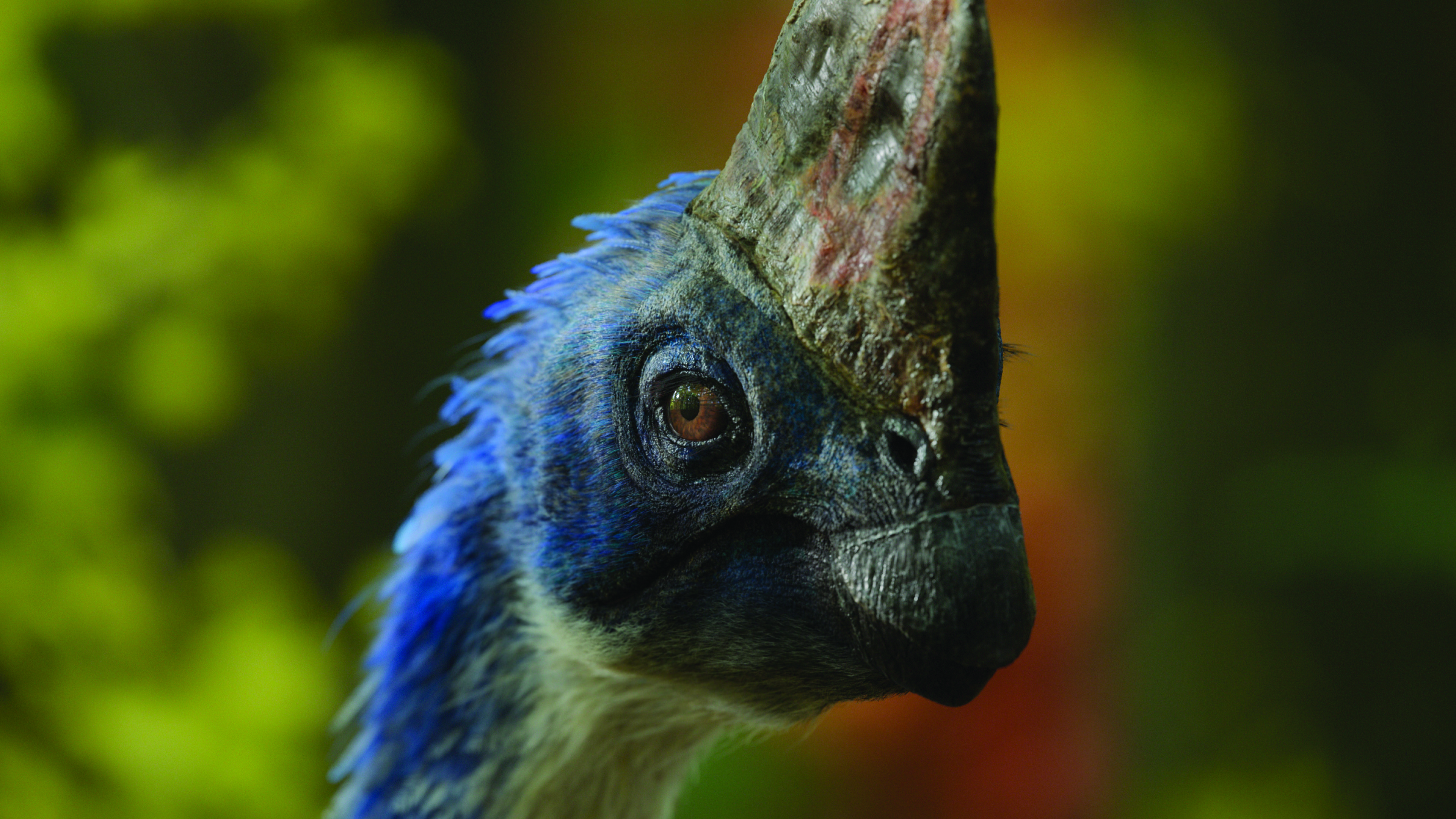
Every character is unique. What techniques do you use to add nuance to an individual character’s performance?
OD: Part of the fun of being an animator is getting to do things that wouldn’t be classed as work in any other profession. While shooting reference, I’ve run up and down the road outside my house using a blanket as a cape and a huge bit of wood as a sword, filmed myself in slow motion falling over, and strapped on a helmet to charge like a bull into a tree, all to try get an extra little detail to steal and add to the animation.
I like to think about the practicalities of a character’s design or costume to see if that might introduce some interesting limitations. For example, how big is your character? What’s their level of intelligence? Are they capable of speech? Can they use tools? Even with these few basic questions you can start to form an idea of how a character might move, react or emote so the animation starts to feel unique.
PB: Often the moments in between dialogue or large action are the more subtle moments when you really get to see the characters, and get a sense of their personality and mental state. Are they fidgety or restless? Tired or uninterested? Confident or excited?
All these thoughts and emotions can be conveyed in subtle gestures, expressions or postures, and if they’re not consistent with the character’s state of mind, they’ll betray the CG nature of their performance. Breathing, eye darts, brow changes, and eyelines can all be informative to the audience in such an understated way they aren’t always fully aware of, but will subconsciously pick up on and believe.
Do you prefer working on more photorealistic or stylised projects?
DZ: I enjoy both ends of the spectrum; it’s a nice change to jump between styles. Both have their challenges, and the more projects I work on, the more I’ve grown to respect and understand those different needs, and I think working at one end of the spectrum can help influence work at the other end.
Working on a photoreal human like Spengler’s ghost on Ghostbusters: Afterlife allowed us to get into the minute details of the human face, of how different emotions and muscle triggers interplay with subtle facial wrinkles and folds. Then, taking that level of fine detail and mapping it to a project with characters like Knuckles or Pikachu, they still have to exhibit emotion and range in the face, but there’s a wealth of drawn reference to influence how we make that more appealing. Building a facial setup that can trigger emotion, but depict neat curves and forms that maintain the appeal of the original drawings is a great challenge.
Can you tell us what the relationship between animation and creature supervisors is like?
OD: Animation and creature supervisors work together to figure out the best way to build the character and creature rigs that puppets animators use to control the characters’ movement. When we’re building them, the main things we’re focusing on are what they’ll need to be able to do in a shot and how they’ll be used by the animators. Together we work out a lot of the practical mechanics that aren’t visible on screen.
We also talk about how we’d like animators to be able to work with a specific control or feature – perhaps the tail has a built-in sine wave – and we have a bit of back and forth about how that might work technically, and what limitations we might run into while using one method or another. Hopefully we come up with a solution that makes the animators’ lives as easy as possible, but isn’t so complicated it takes the rigger six months to build.
You can learn more about Outpost VFX's work on their website. If you're looking to upgrade your toolkit, see our pick of the best 3D modelling software and the best laptops for 3D modelling.
This content originally appeared in 3D World magazine, the world's leading CG art magazine. 3D World is on sale in the UK, Europe, United States, Canada, Australia and more. Limited numbers of 3D World print editions are available for delivery from our online store (the shipping costs are included in all prices). Subscribe to 3D World at Magazines Direct.
Get the Creative Bloq Newsletter
Daily design news, reviews, how-tos and more, as picked by the editors.

Thank you for reading 5 articles this month* Join now for unlimited access
Enjoy your first month for just £1 / $1 / €1
*Read 5 free articles per month without a subscription

Join now for unlimited access
Try first month for just £1 / $1 / €1
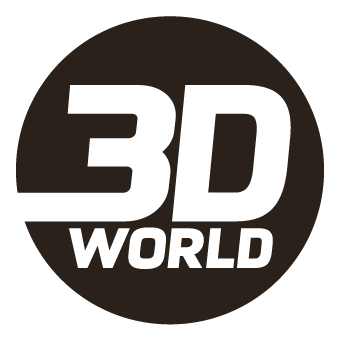
3D World was the best-selling international magazine for 3D artists, covering the fields of animation, VFX, games, illustration and architecture. It published from 2000-2024.
